At the beginning of the week, I finished the last details of the physical prototypes and the last tests with the players. Currently, I’m analyzing the play scenarios and ways to improve them.
1stDevCycle
Brainstorming Ideas
This week I was brainstorming ideas based on the feedback of the testers and the professors in order to find new ideas and challenges to improve our game.
Technology Prototype
This week I continued developing the technology prototype in Unity, specifically improving the island set and environment design and started exploring the implementation of the player’s basic mechanics.
User Research Report and Workshop Organization
At the beginning of the week, I was highly concentrated on finishing the User Research Report since it was due by Tuesday. Currently, I’m organizing the co-design workshop with our focus group to explore new design possibilities.
LOW-FIDELITY PROTOTYPES PART II
I built low-fidelity prototypes that represented the play scenarios and the core gameplay loop(s) previously defined. I was responsible for creating prototypes that represented the play scenarios where the player had to find logs and build a shelter or a campfire and the scenario where the player had to find a temple to solve a puzzle.
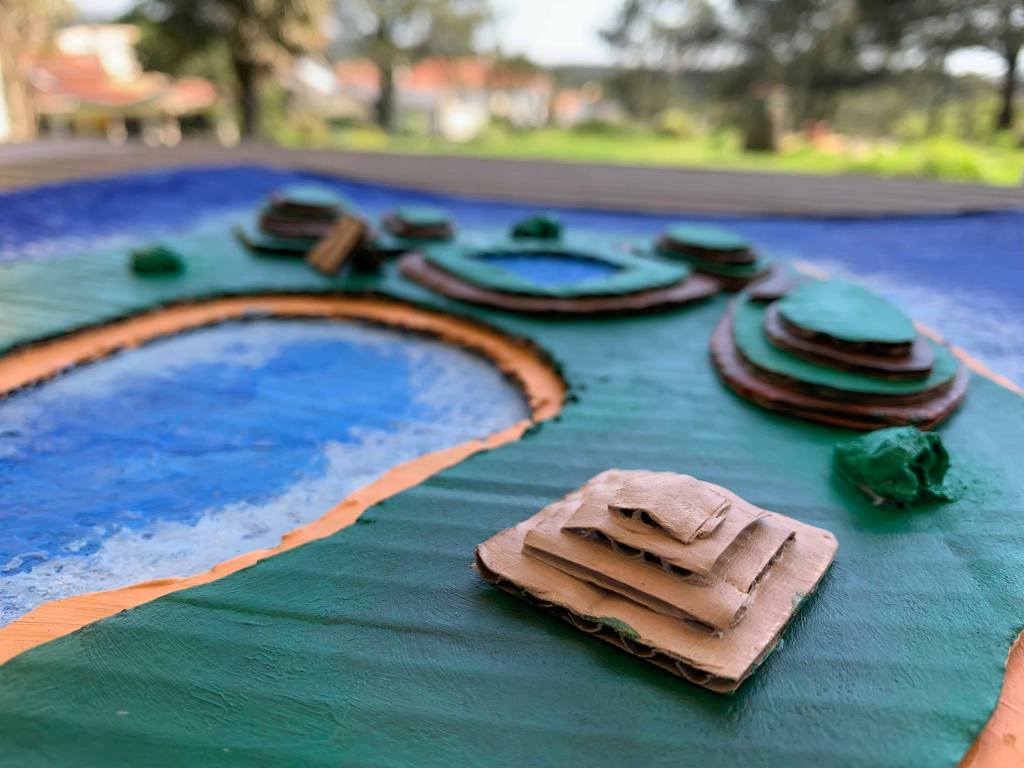

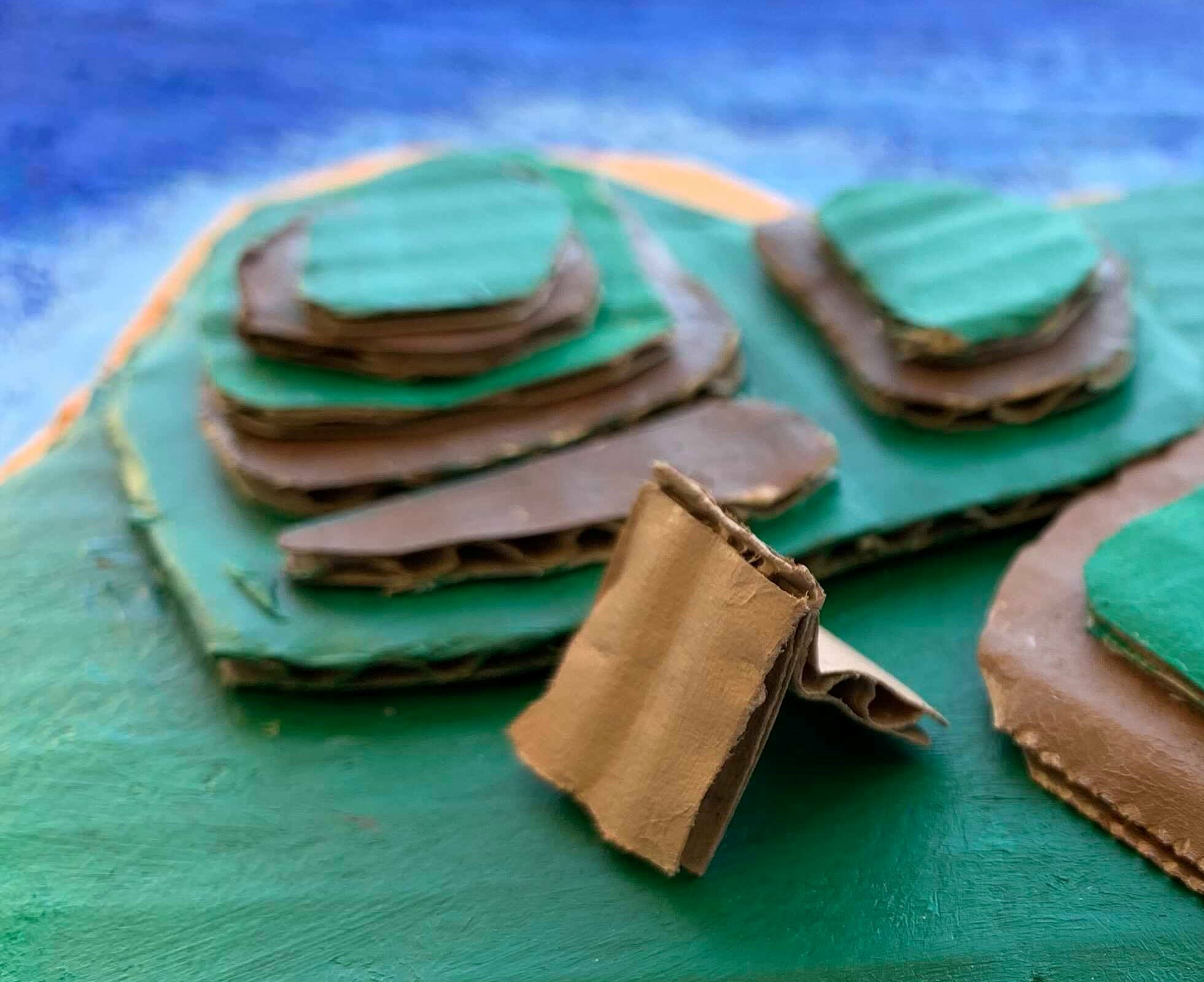
Low-fidelity Prototypes Part I
I built several low-fidelity prototypes to explore different potential solutions to realize the experience goals. The prototypes were aligned with the definition of the play scenarios and the core gameplay loop(s). I was responsible for building the water, food and health bars, for creating prototypes that represented the play scenarios where the player had to gather food, namely berries from bushes, and water to increase the value of the bars previously mentioned.


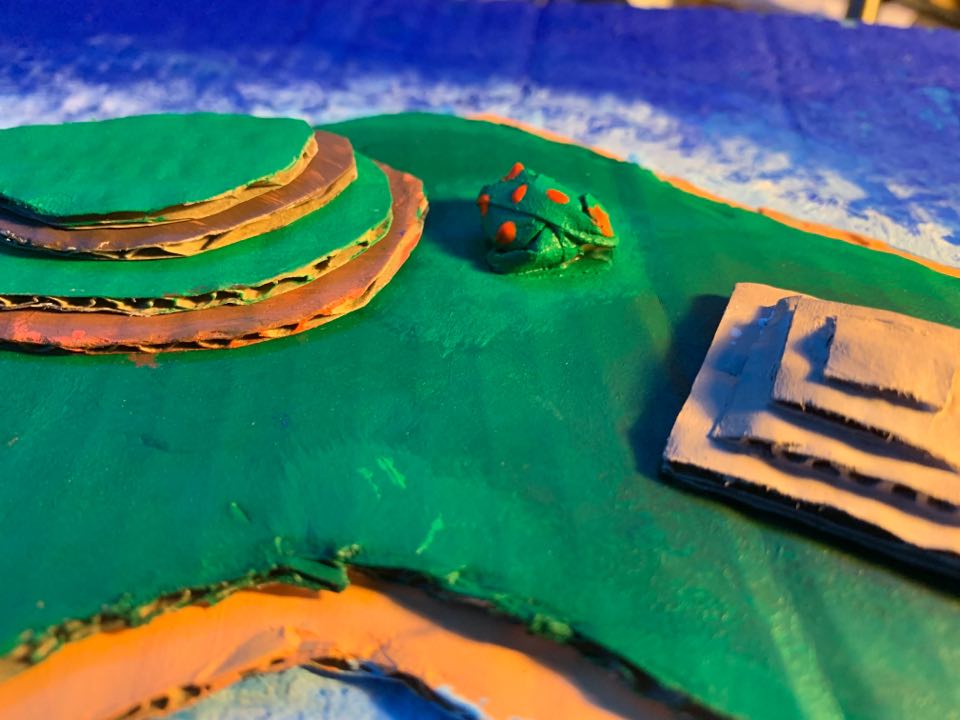
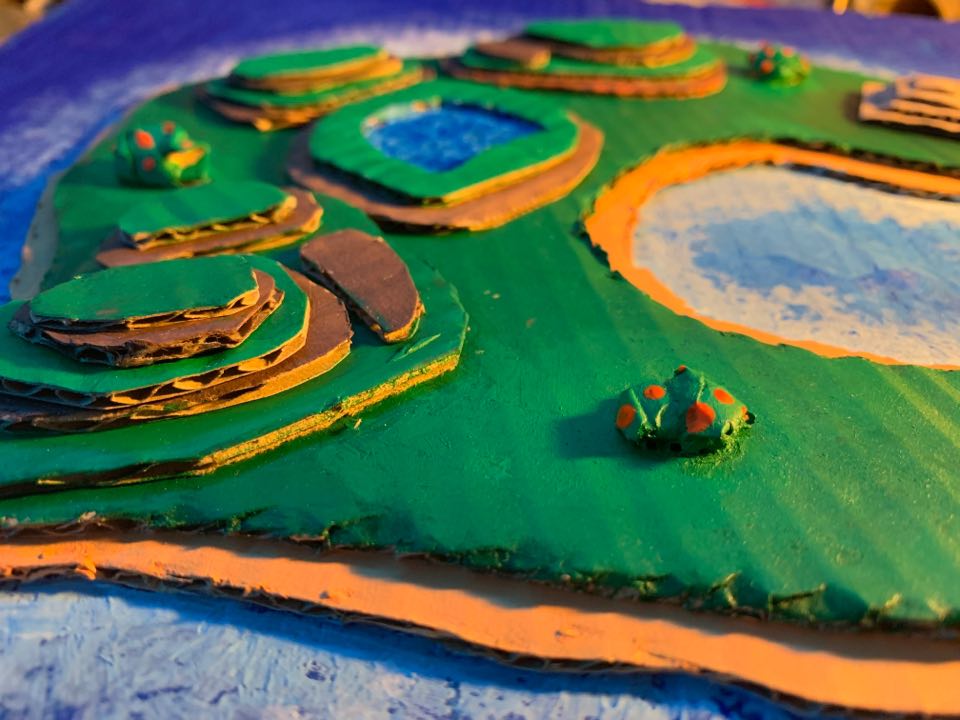
Technology Feasibility Prototype
I was responsible for exploring technology feasibility, namely the technological tools required to develop the game. Since the game will be developed in Unity I also explored different assets required to the game design. Additionally, I built a simple software prototype that represents the environment of the game and addresses some of the features required to realize the core gameplay loop(s) and experience goals.
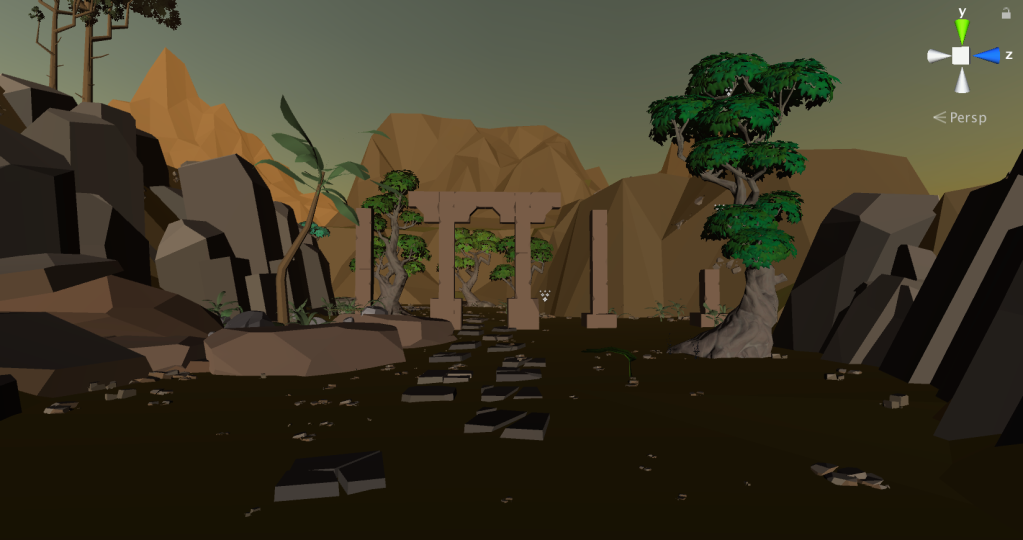
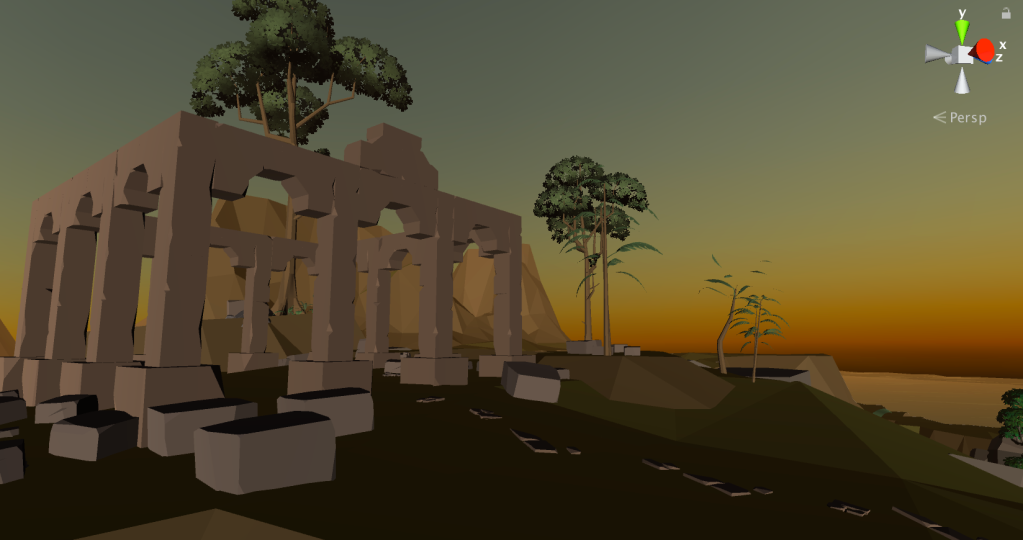
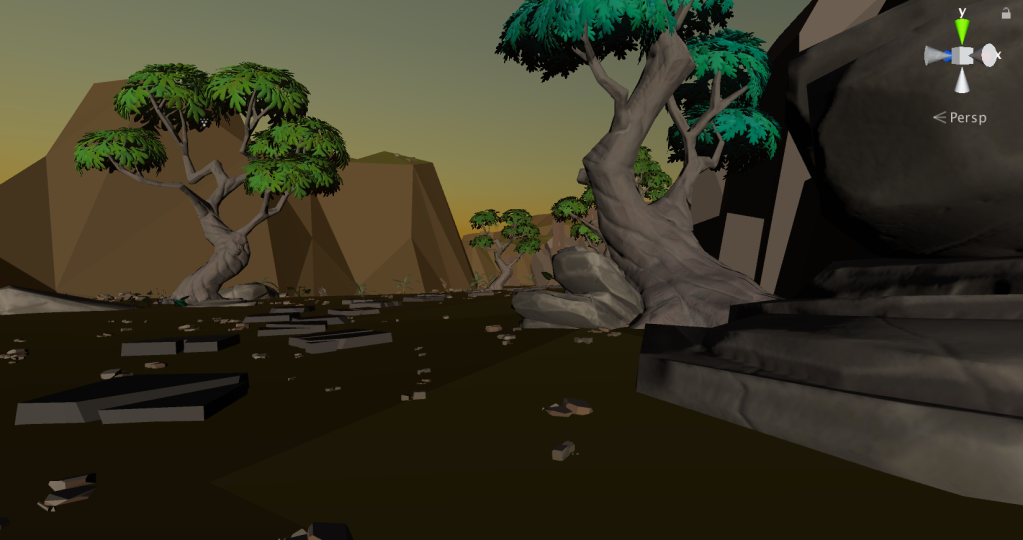
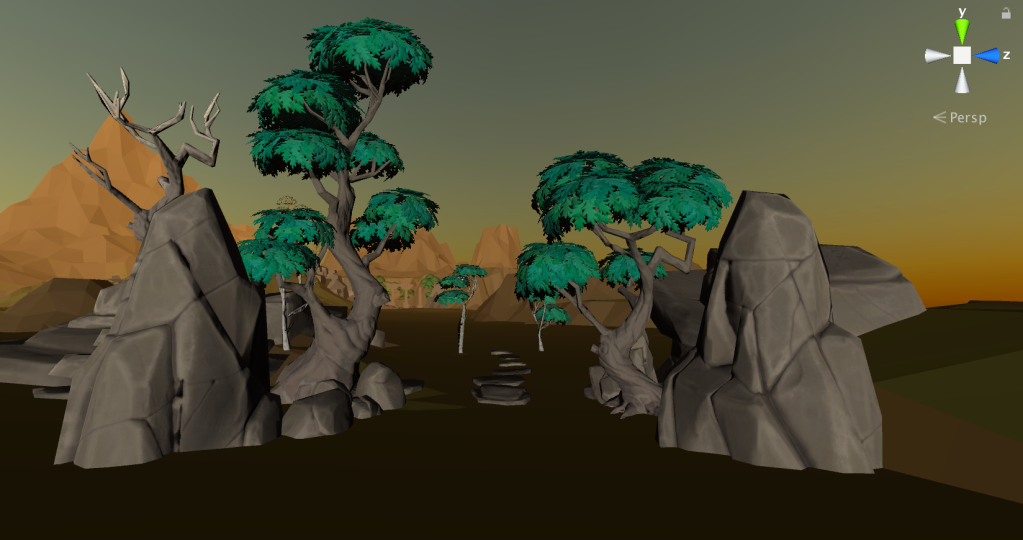
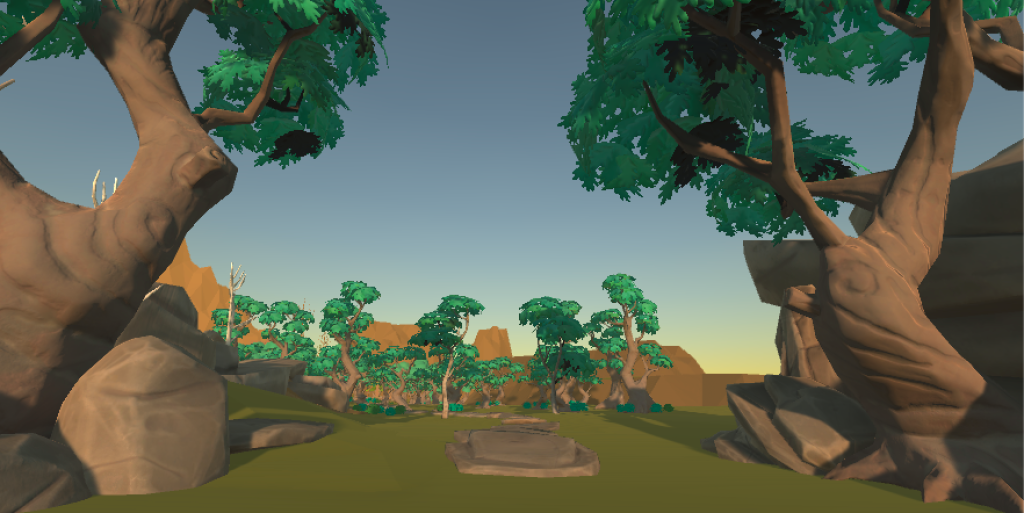
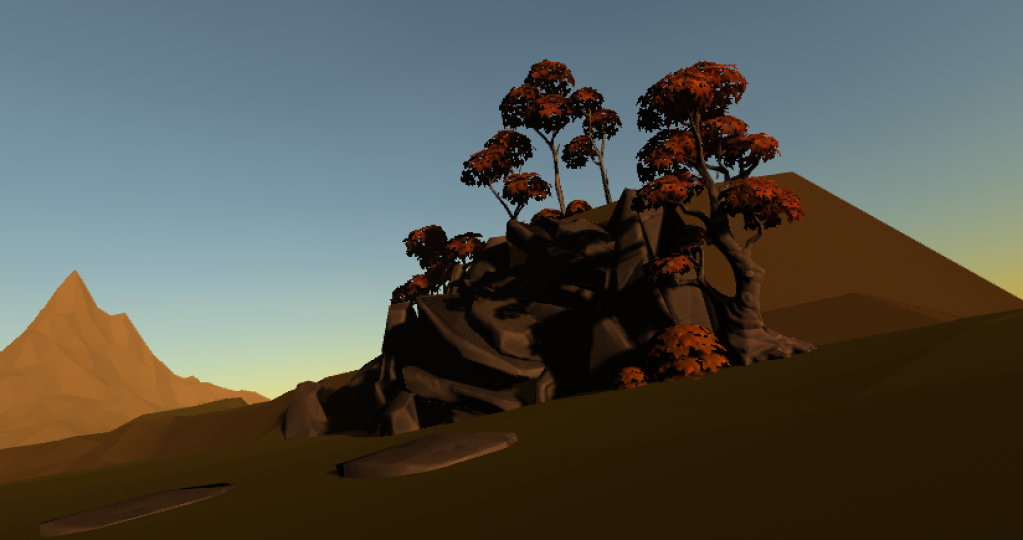
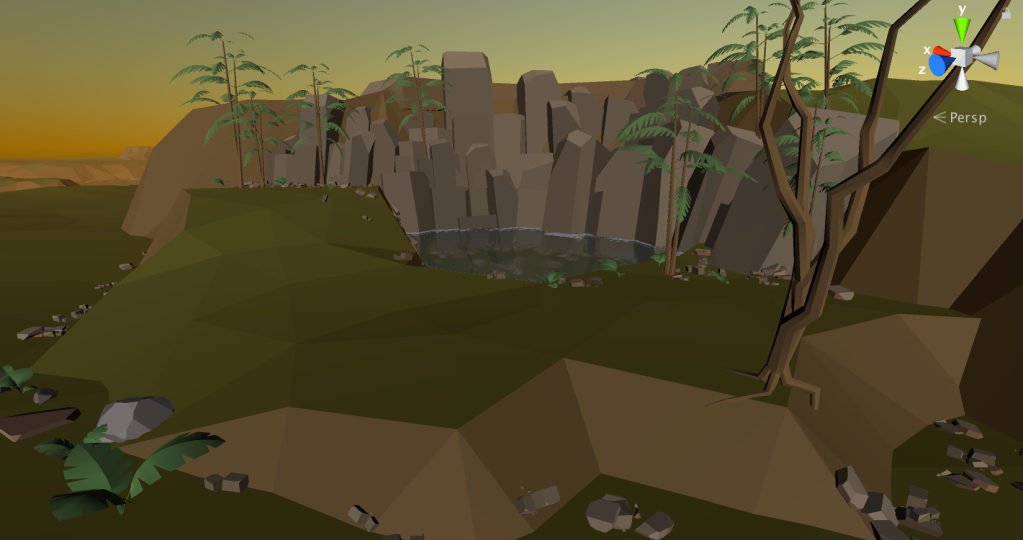
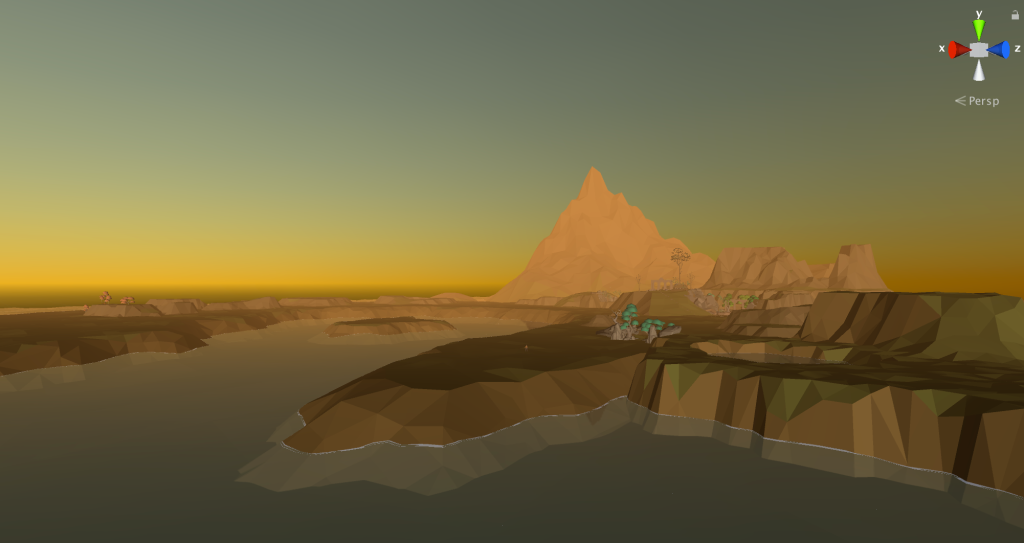
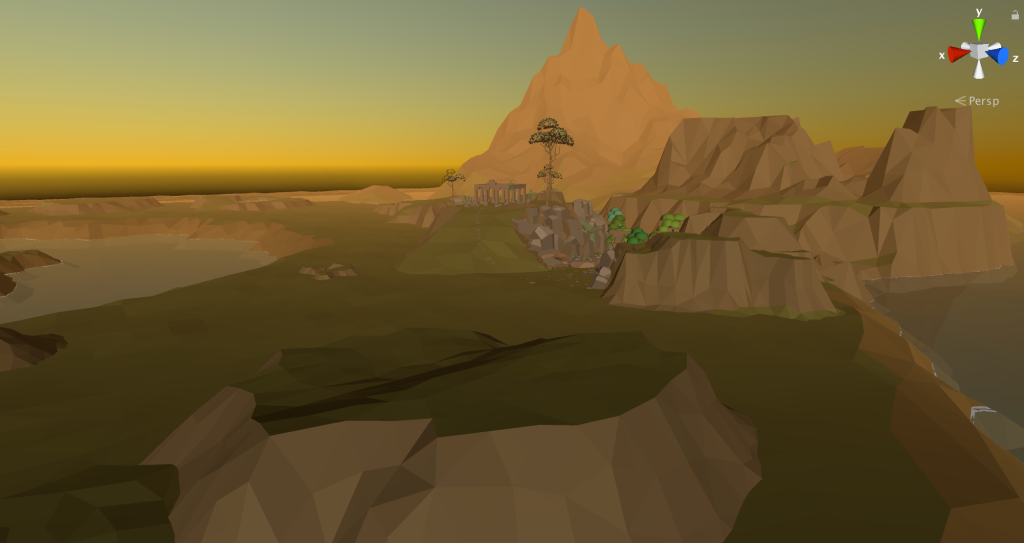
User Research
This week I offered support on the elaboration of the low-fidelity prototype and was responsible for the User Research component. I defined the tests scripts in alignment with the definition of the play scenarios and the core gameplay loop(s) and got feedback on the prototypes within the focus group previously defined.
The tests on the prototypes intended to analyze if the different potential solutions to realize the experience goals were successful. Since our game is an exploration game the tests were divided into two components:
- An unstructured test where the player was able to explore the prototype freely to analyze if the simple gameplay scenarios were intuitive, namely the exploration experience; food harvesting and drinking tasks with corresponding interaction with the hunger, thirst and health bars;
- A structured test where guidelines were provided in order to test specific gameplay scenarios such as finding a temple; fighting a wild animal; building a shelter.
Now, I’ll be focusing on writing the User Research Report.
Target Audience
I was responsible for defining the target audience for the proposed game. The target audience are players that belong to the Seeker, Survivor and Mastermind classes of BrainHex taxonomy. The Seekers enjoy exploring and looking for interesting things and show curiosity; the Survivors enjoy escaping from threats and pulse-pounding risks, feeling the intense excitement of escaping and the relief of being safe; the Masterminds enjoy solving problems and puzzles.
The game won’t require domain knowledge or a set of specific skills since the movement mechanics will be simple and the puzzles won’t be targeted to any specific age range. Additionally, the proposed game is mainly targeted to players who like to play alone since it will be single-player.
Play Scenarios
Defined several play scenarios that cover activities and challenges throughout the players’ journey. A few examples can be found below:
- The player wakes up disoriented and finds himself almost naked and with minimal equipment, stranded on an abandoned island and wondering how he got there. The player starts exploring the island and his surroundings, looking for a clue of what happened.
- The player feels hungry (the food bar has a low percentage). There are no animals nearby, but the player notices a small bush at the distance. He walks towards the bush and notices small edible berries on it. He harvests the bush, eats a couple of berries and his stomach becomes cozier, increasing his food bar percentage.
- After sprinting for a while, the player’s stamina bar is low. For him to run again, he needs to rest for a bit.
- Both the food and the water bar have low percentages. The player cannot find any food or water around him, and his health bar starts depleting. Once it reaches zero, the player dies. He respawns without any of the items previously gathered on the initial area of the map.
- The player encounters a mysterious temple that grabs his attention. He decides to venture out and explore this odd ancient construction. As he climbs the stairs of the entrance of the old temple, he starts to notice some paintings on the walls that appear to tell a small story of a long-gone civilization. These small pieces of story contextualize the player of the past of the mysterious island.
- After solving the last puzzle of the remaining temple, the player hears a sound on the background. It seems that the last part of the bridge that connects this island to the next one is raising out of the water. He can now explore the new island and encounter new challenges and adventures.